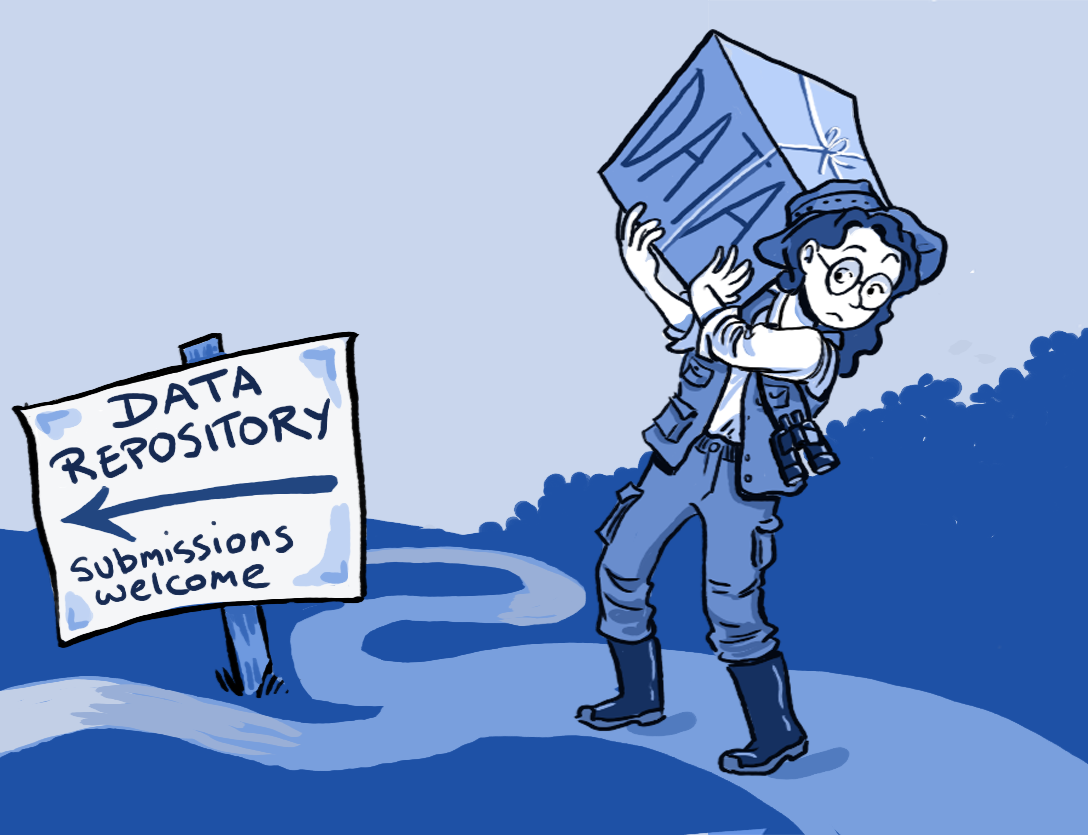Data scientist — now that sounds sexy. Take a closer look, and instead of desirable curves (or bulging muscles), you’ll see an ecosystem of hundreds of sources of data, dozens of formats of data, scores of programming languages, bundles of Big Data tools, and about a thousand pairs of expectant eyes of stakeholders from business and C-suite leadership hoping you’ll unveil the hidden code of humanity by crunching some numbers.

Now that we have a reality check in place, let’s give some props to the data scientist, for once. These data wizards are able to turn numbers that mean nothing into figures that mean a lot. The modern enterprise, whatever its core product may be, doesn’t exist without producing a lot of data, every day. No wonder, data scientist jobs have shown tremendous growth, both in numbers as well as average pay rates, in the past few years. And job surveys tend to agree that data science will be the creator of the most coveted jobs of the near future. So, if you wish to make a massive career shift, or need to chalk out a plan for making yourself more desirable for corporations, here is a guide that reveals the most valuable languages to learn.
R
The R Project is managed by the R Foundation for Statistical Computing. It offers high-quality, open source, and domain-specific packages to enable statistical and quantitative applications. Nonlinear regressions, neural networks, advanced plotting, phylogenetics — you name it, and R does it.
R has been around since 1995. The name’s minimalistic, but the language packs a punch when it comes to enabling developers to create power-packed statistical and data analytics tools. In the years when Big Data went “big,” R gained a lot of momentum, witnessing a huge surge in usage for developing data analysis and data science tools. Today, it’s one of the most well-loaded languages for data scientists, with a lot of plugins and extensions. R is not only used by budding data scientists, but also by Wall Street traders, Silicon Valley developers, biologists, bankers, and more.
R offers in-built advanced statistical functions, giving developers a massive head start. Though it’s not a quick language, it gets the job done, and being open source means it has a massive base of contributors today.
Python
Guido van Rossum created Python back in 1991, and the language has grown tremendously since then. Today, this freely licensed language is regarded as one of the most viable general purpose coding languages. Its current versions are 2.7 and 3.6.
It’s a very popular mainstream programming language with a vast range of purpose-specific modules. The community support for Python is resounding; many online services offer Python APIs. The language itself is easy to learn, and considered right on par with R in terms of viability for data scientists. With easily available packages for TensorFlow, pandas, and scikit-learn, Python makes a strong case as a great language for developing machine learning-powered applications.
Since it’s a dynamic language, programmers need to exercise greater care. Though the number of advanced modules for statistical analysis is limited, its generality makes it a good all-round language for a data scientist to learn.
SQL
SQL (Structured Query Language) has been around since 1974, and has gone through several improvements. It continues to be relevant for developing applications around relational databases even today. It’s super-efficient at updating, querying, and manipulating relation databases, and is considered one of the more easily readable languages for RDBMS applications. Plus, it’s used across a whole range of applications, and even offers modules like SQLAlchemy for integrating this language with others. That said, SQL could pose a steep learning curve for developers with an imperative background. Also, it’s said that SQL is limited when it comes to advanced analytics-powered application development. Because data science continues to hinge on ETL (extraction-transformation-loading) processes, SQL will continue to be useful.
Java
Java runs on (JVM) Java Virtual Machine and is currently in version 8. Because most modern applications and systems are Java-based, it’s regarded as the timeless language to learn, even for data science applications. It allows the integration of several data science methods right into the existing codebases. Java is inherently type-safe, which makes it a very useful and reliable language for development of mission-critical applications. Also, because it’s a high-performance compiled language, it’s suitable for futuristic and computationally intensive machine learning algorithms. The downside, however, when compared to a language like R, is that there are not many advanced analytics-specific modules available. Because organizations will continue to look for opportunities to integrate their advanced data analytics production codes into existing codebases, Java will continue to be highly valuable for any programmer.
Points to ponder for every would-be data scientist

At the end of the day, the language is just a tool; as a data scientist, you need to hone your skill achieve great results. Understanding the business problems, envisioning the data that can create insight to help solve it, and then breaking the plan in small executable tasks — that’s what makes a great data scientist.
Track the trends
A great way to remain in the thick of things as a data scientist is to track the languages that are deemed important by leading educational institutes that offer data science programs. The kind of research these institutes put into deciding their coursework makes it pretty useful to know as to which languages seem important to them. As to where to get the necessary academic degree, there are several universities offering coveted data science courses.
Fine-tuning the number-crunching
Big Data revolutions are not brought on by spreadsheets and databases. It’s real-time analysis that creates pathways to success. Knowing how to use software tools is just a part of the challenge; the crucial part is to understand data across disciplines, communicate its meaning in a useful form, and use statistics that help fine-tune the “number-crunching” to yield an advantage for your company and your career.
Photo credit: Pexels



